Christine Blasey Ford, the professor who accused Supreme Court justice Brett Kavanaugh of sexually assaulting her in high school, is back in the spotlight. Five-and-a-half years on from her public testimony about her allegations, Ford has released a memoir titled One Way Back. Amazingly, Ford has once again conquered her crippling fear of flying — which delayed the Senate’s investigation into her claims back in 2018 — to promote her book on major television programs.
Blasey Ford first accused then-Supreme Court nominee Brett Kavanaugh of assaulting her in a confidential letter to the late Senator Dianne Feinstein’s office. Feinstein kept the letter to herself for weeks until revealing the letter to Democratic colleagues, who urged her to act on the information. At some point, the existence of the letter was leaked to the press — and Ford and her allegation against Kavanaugh were made public and referred to the FBI.
What followed was a political and media circus. Kavanaugh’s confirmation vote was delayed as the Senate sought to bring him and Ford in for competing testimonies. Two additional women accused Kavanaugh of sexual impropriety: Deborah Ramirez said he shoved his penis in her face during a freshman party at Yale, a claim denied by four eyewitnesses and Julie Swetnick, represented by disgraced lawyer Michael Avenatti, accused Kavanaugh of gang rape before walking back her claims. At the time, I was working as a media and breaking news reporter for a conservative media outlet and was tasked with parsing every detail of Ford’s claims. It quickly became evident that there was a lot about Ford’s story that didn’t make sense.
While the mainstream media ran with Ford’s story without a hint of skepticism (including publishing absurd “evidence” that Kavanaugh was a serial abuser, such as stories about him throwing ice at a bar or throwing up from drinking too much at “beach week”), conservative and independent outlets actually dug into the substance of her claims. (If you’re familiar with the adjudication of Ford’s allegation, feel free to skip the next paragraph.)
There were immediately some issues: Ford either couldn’t remember or changed basic details about the party where she claimed to have been assaulted, such as where it took place, how she got there or how she got home or when it took place (including whether it was on a weeknight or a weekend). The lack of details made Ford’s allegation more difficult to corroborate — and refute! — but she did provide potential witnesses. Ford’s friend Leland Keyser was allegedly her connection to the party in question and is a lifelong liberal who opposed Kavanaugh’s confirmation for political reasons. But she said she did not have any confidence in Ford’s story and was distressed by how their mutual friends pressured her to support Ford publicly. Other alleged partygoers, such as P.J. Smyth and Mark Judge, denied that the party ever took place and said they had no recollection of any instance of assault at any of their parties. Ford had told her friends and her therapist that she was assaulted in high school, but had never named Kavanaugh. Kavanaugh, meanwhile, had detailed calendars from the time period that suggested the party Ford referred to never happened.
There was a lot about Ford personally that also didn’t make much sense. She claimed her PTSD from the incident required her to have two exits from any home she lived in, but her house only had one door. She said she had not been able to figure out how to contact one of the supposed witnesses despite him being a public-facing journalist, nor did she know how to contact her senator. She claims to have wanted the claims handled privately despite first going to the Washington Post with them.
Ultimately, Kavanaugh was confirmed to the Supreme Court by two votes. Many conservatives now describe the entire incident as a “radicalizing” moment for them — as they learned just how shamelessly the left would behave to sink a potential threat to their political power. The way they see it, their opponents had latched on to a troubled woman with, at best, an unverifiable allegation to try to destroy the life of an accomplished man, giving him as little time and detail as possible to defend himself. In the process, they succeeded in harming another man: Mark Judge, Kavanaugh’s friend, who Ford claims was in the room for the assault. In his book (which hasn’t been greeted with opportunities for high-profile TV bookings or featured reviews in major newspapers) Judge says he faced character assassination, stalking, honeypots and extortion from people desperate to get him to turn on his high-school friend and verify the assault. I interviewed Judge about his experiences in the aftermath of Ford’s accusation, and you can listen to that here. It is disturbing, to say the least. I think Judge is right when he refers to himself as the “Invisible Man” at the heart of the Kavanaugh accusations.
Ford’s claims against Kavanaugh also took place toward the end #MeToo movement when we were told to “believe all women” who made accusations about sexual misconduct. Every question raised about Ford’s testimony was derided as an attack against all victims and a slight to women everywhere. The idea that we all had to reflexively be on Ford’s side only elevated the righteous anger many had at the way the process was handled by the Democrats and the media.
Now, Ford is back and telling her story again through her book and on shows like The View. Ford appears to have gotten a “mommy makeover” with some of the money earned from the speaking gigs and donations since her accusation. Stunningly, she claims to have not known until she was talking into the Senate chamber for her 2018 testimony that it would be nationally televised. Mollie Hemingway, editor-in-chief of the Federalist and author of Justice on Trial, notes, “In fact, her lawyers had spent a great deal of time negotiating the number and location of the cameras.”
Ford’s fans in the media are still standing by her. The Atlantic described her sparse recollection of the alleged assault as “science”. The View’s Sara Haines ruefully told Ford that “even today, people remain skeptical of your story.” Co-host Joy Behar chided men in the audience for not clapping during Ford’s appearance.
It’s hard to overstate how much of a watershed moment Kavanaugh’s confirmation process was in modern American political history. It was a death knell for #MeToo movement and a sharp knife in the side of congressional bipartisanship; a divisive public spectacle of epic proportions. It’s bizarre, more than five years later, to see its central figure back for further attention and profit and still heralded by an adoring press as a hero.



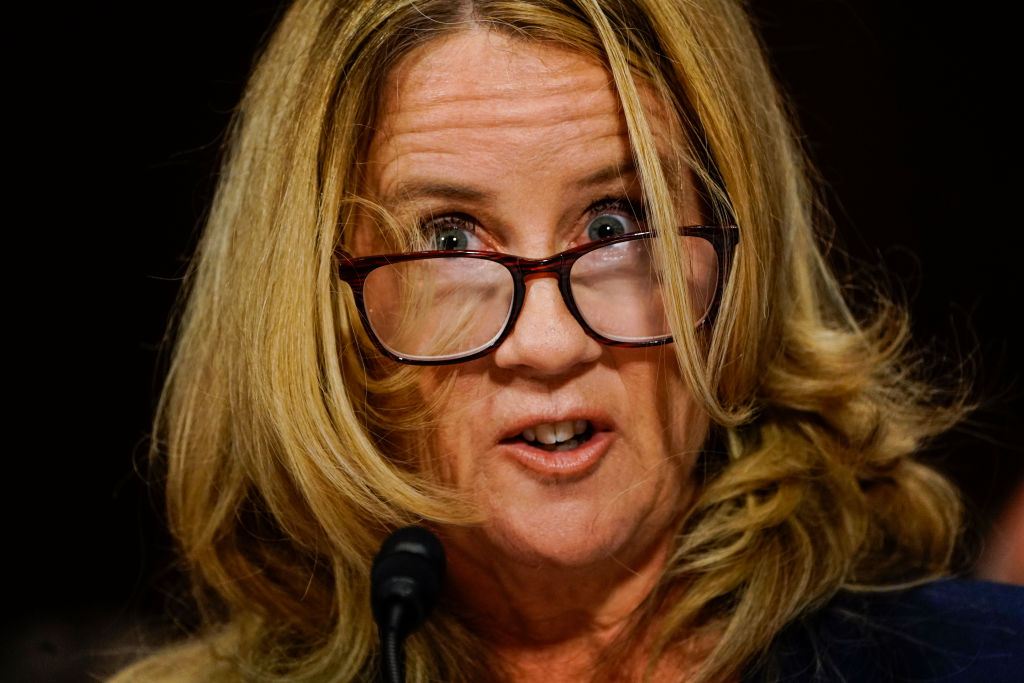








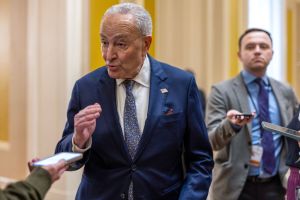

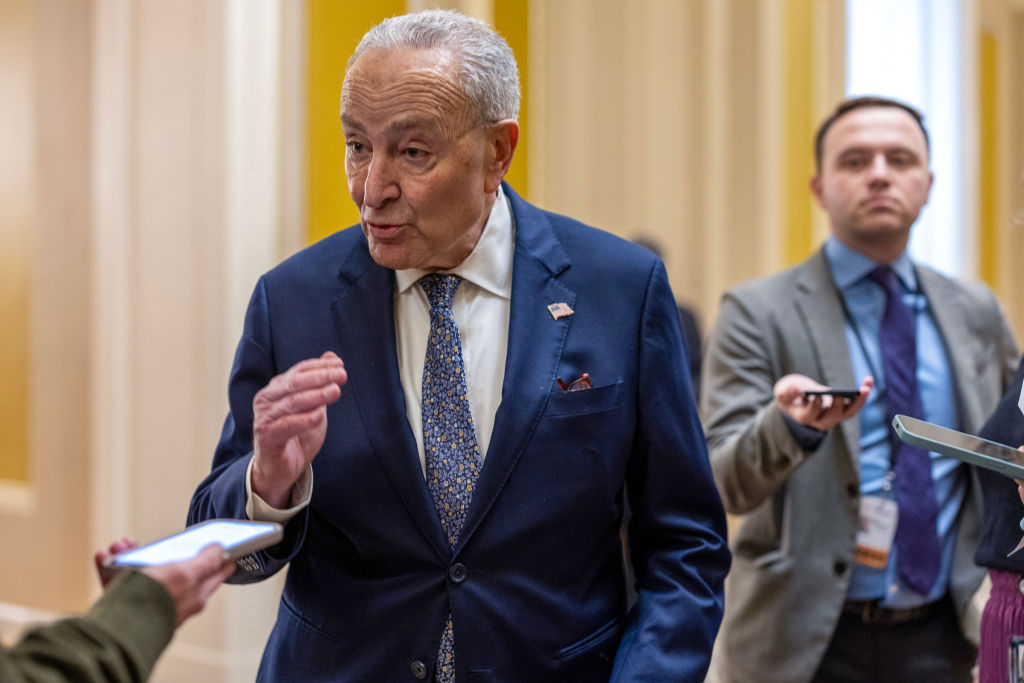
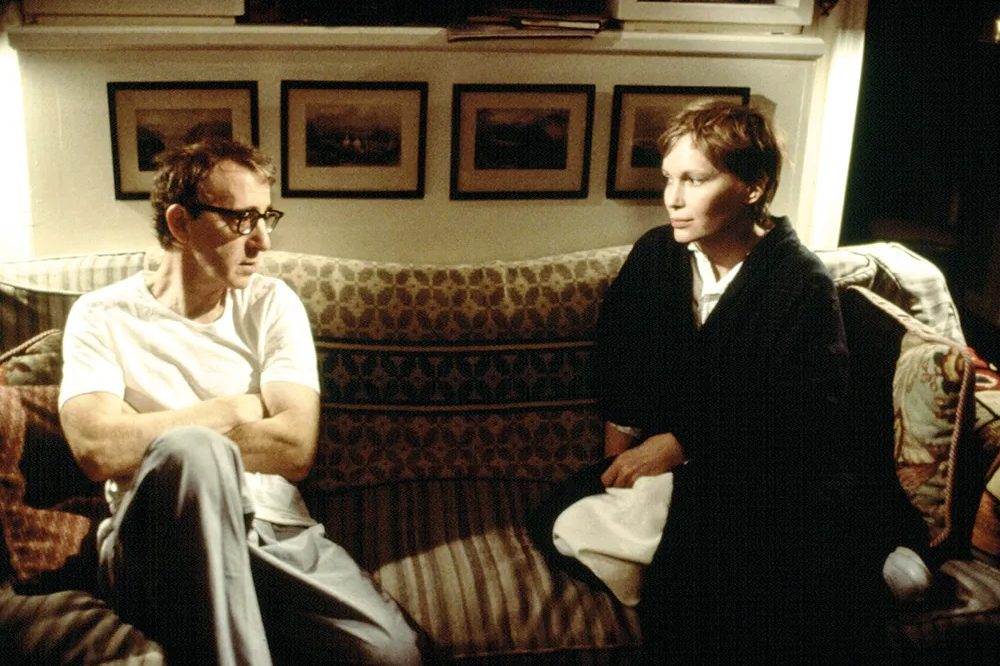

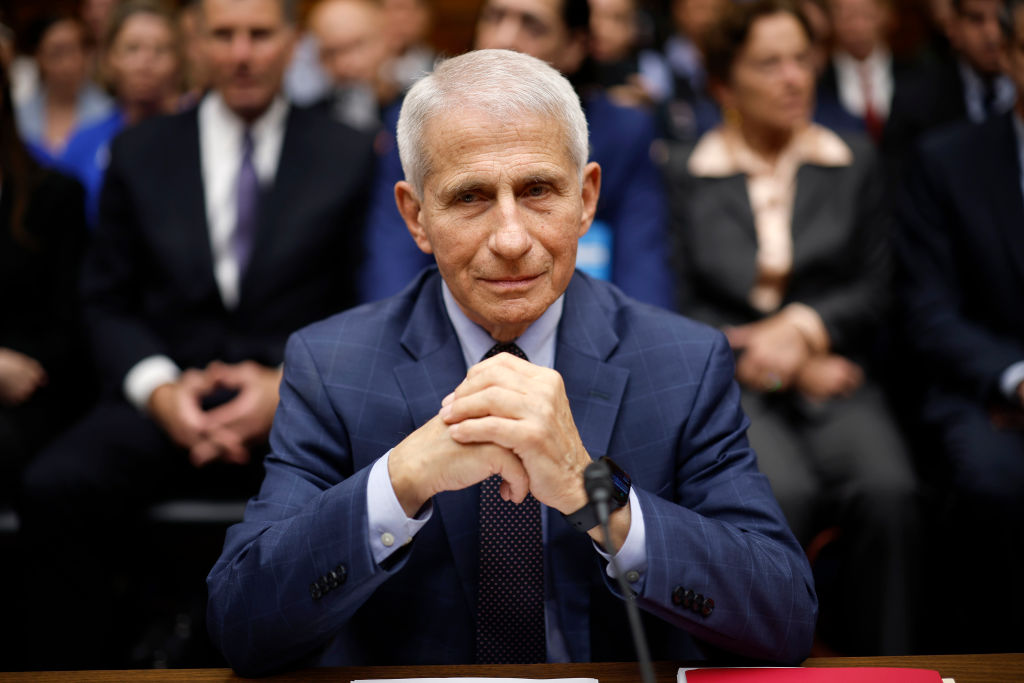
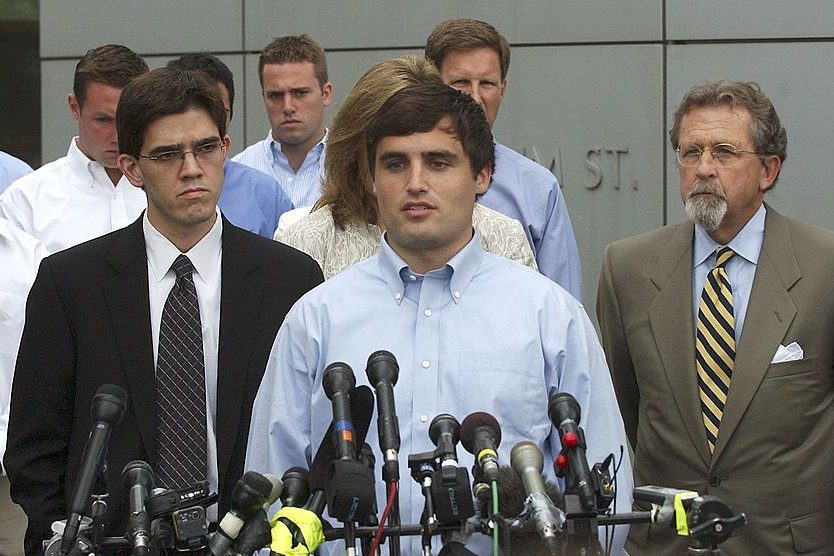







Leave a Reply